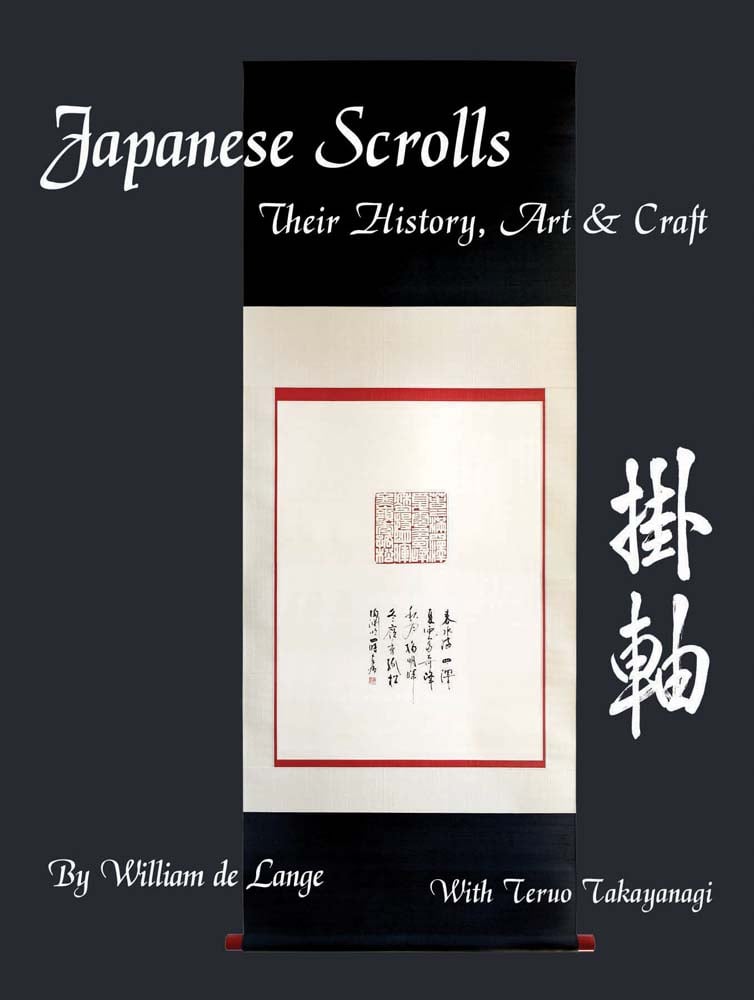
Japanese Scrolls
Their History, Art, and Craft
- A look at the unique and beautiful craftsmanship of Japanese hanging scrolls from their Buddhist origin to its role in modern Japanese art
This is the first work to explore fully the history, art, and craft of the Japanese hanging scroll, or kakejiku, from its ancient Indian, Tibetan, and Chinese origins, through its introduction to Japan as early as the sixth century AD, to its role in the modern Japanese art world. It is proof of the scroll’s timeless qualities that it remains a fixture in traditional Japanese rooms, and continues to inform the design of modern interiors. Part 1 traces the scroll’s fascinating journey from an obscure religious artifact to a popular work of art, covering: the origins of the handscroll as a vehicle for Buddhist texts during the Nara period (710 784); the popularity of the vibrant picture scrolls of the opulent Heian period (794 1185); the rise of Zen-inspired hanging scrolls during the Kamakura period (1185 1333); their rich diversification during the Muromachi and Momoyama periods (1336 1600); and their incorporation into the “alcove,” or tokonoma of Edo period (1600 1867) households. Part 2 is dedicated to the scroll’s artistic features: the structure of both hanging and handheld scrolls; their complex array of classes and subclasses, formats, and dimensions; their exquisite and often costly materials; traditional handling and display; and methods of storage and preservation. Part 3 describes the age-old process by which scrolls are still made by Japanese craftsmen, including: material selection (tori-awase); backing textile and paper sections urauchi); careful assembly into the complete scroll (tsuke-mawashi); use of the drying board (kari-bari); and the finishing stage of mounting (shiage).
This comprehensive work will be of interest to all connoisseurs and collectors of East Asian scroll art as well as craftspeople engaged in the mounting and presentation of text and images.
- Publisher
- Floating World Editions
- ISBN
- 9781891640889
- Published
- 1st Dec 2016
- Binding
- Hardback
- Territory
- USA & Canada
- Size
- 8.79 in x 11.44 in
- Pages
- 256 Pages
Our Catalogs
Browse Our Books
Please log-in or create an account to see your recent items.